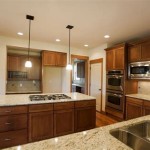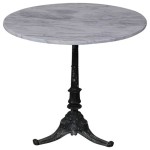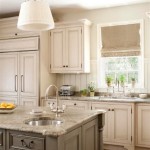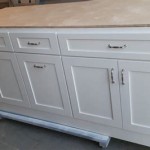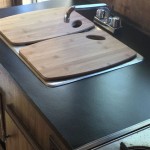Standard Thickness of Kitchen Cabinets: An Informative Guide
Kitchen cabinets are an integral part of any kitchen's design and functionality. They provide storage space, enhance organization, and contribute to the overall aesthetics of the room. One of the critical aspects to consider when designing or remodeling a kitchen is the standard thickness of kitchen cabinets.
The standard thickness of kitchen cabinets varies depending on the material used and the specific style of cabinets chosen. However, most kitchen cabinets have a thickness that ranges from 3/4 inch to 1 inch (19mm to 25mm). This thickness provides a balance of durability, functionality, and aesthetic appeal.
Thicker cabinets, such as those with a 1-inch thickness, offer increased durability and can better withstand the wear and tear of everyday use. They are also more resistant to warping or bowing over time. However, thicker cabinets can be more expensive and may not be necessary for all applications.
Thinner cabinets, such as those with a 3/4-inch thickness, are more economical and can be a good option for budget-conscious homeowners. They are still durable enough for most kitchen needs but may not be as resistant to damage as thicker cabinets.
The thickness of kitchen cabinets can also affect the overall design of the kitchen. Thicker cabinets can create a more substantial and imposing look, while thinner cabinets can give a more streamlined and modern appearance.
In addition to the standard thickness, there are also specialized types of kitchen cabinets with varying thicknesses. For example, some cabinet lines offer extra-thick cabinets that are designed for heavy-duty applications, such as in commercial kitchens. Conversely, some manufacturers produce ultra-thin cabinets that are intended for use in small spaces or to create a minimalist aesthetic.
When choosing the standard thickness for kitchen cabinets, it is essential to consider the following factors:
1. Durability: Thicker cabinets are more durable and can withstand more weight and wear and tear.
2. Functionality: Thicker cabinets can accommodate more storage space and can be fitted with more robust hardware.
3. Aesthetics: Thicker cabinets can create a more substantial look, while thinner cabinets can give a more modern appearance.
4. Budget: Thicker cabinets are typically more expensive than thinner cabinets.
By understanding the standard thickness of kitchen cabinets and the considerations outlined above, homeowners and designers can make informed decisions that will meet their specific needs and preferences.

N Standard Kitchen Dimensions Renomart

N Standard Kitchen Dimensions Renomart

Measure Your Kitchen Cabinets Before Designing The Layout

Kitchen Unit Sizes Cabinets Measurements Height Cabinet

Base Cabinet Size Chart Builders Surplus
Guide To Kitchen Cabinet Sizes And Dimensions

Kitchen Wall Cabinet Size Chart Builders Surplus Cabinets Dimensions Sizes

Helpful Kitchen Cabinet Dimensions Standard For Daily Use Engineering Feed

Kitchen Unit Door Combinations

Kitchen Cabinet Sizes What Are Standard Dimensions Of Cabinets
Related Posts

